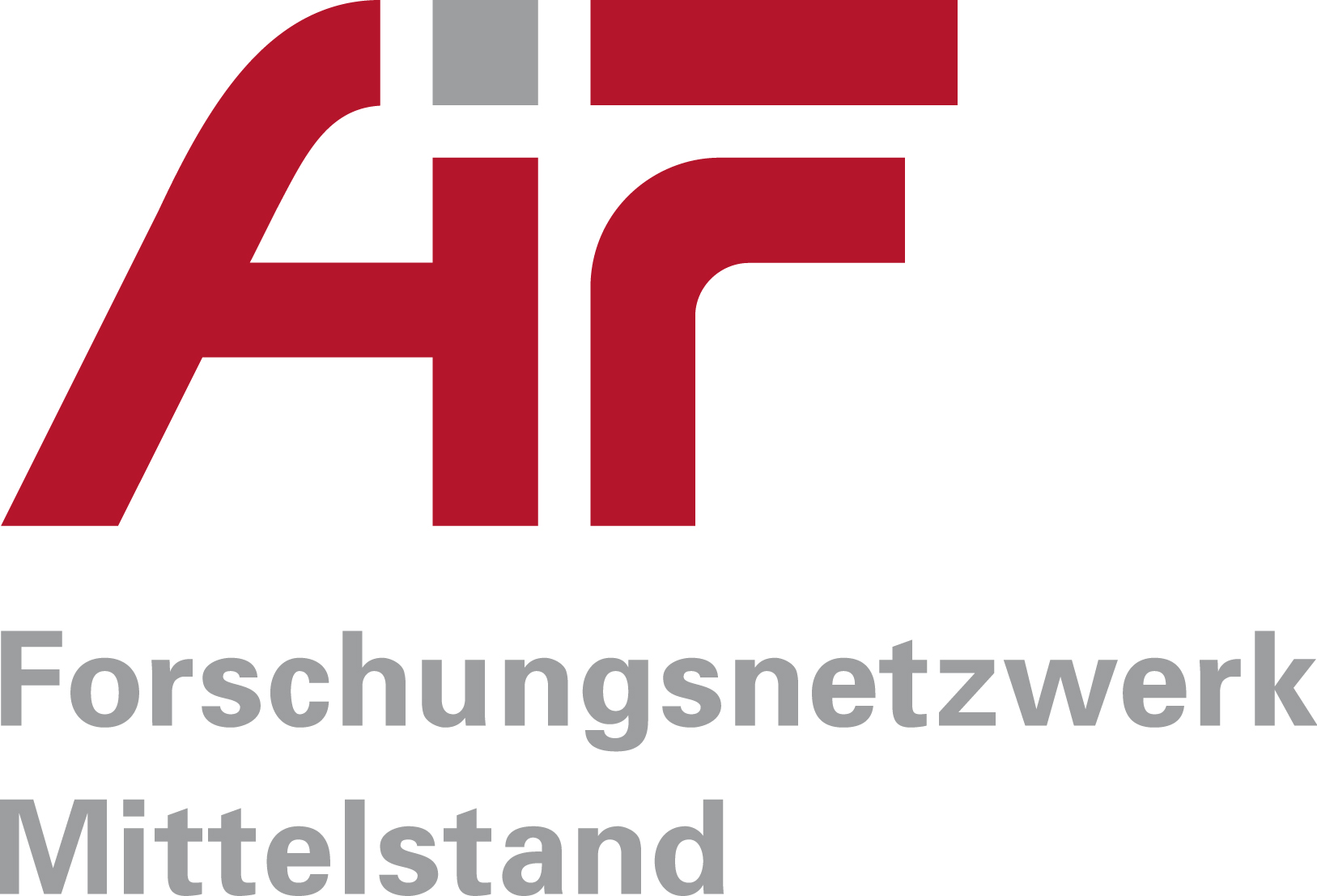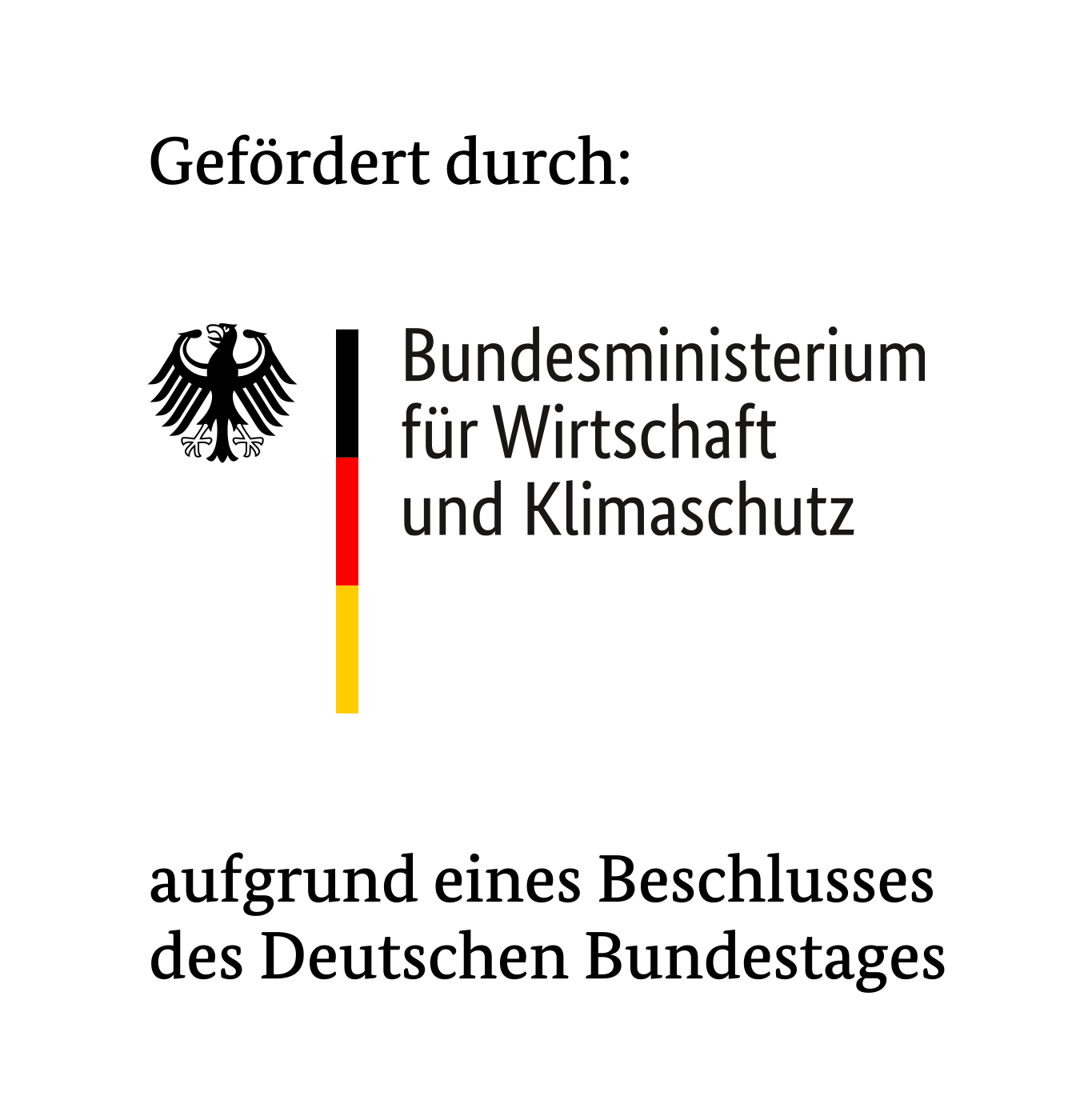Summary of the final report of the PreSens research project (IGF project 21173 N)
“Additive manufacturing for the integration of sensor technology in mechatronic systems”
In the research project “Additive Manufacturing for the Integration of Sensor Technology in Mechatronic Systems (PrESens)”, the feasibility of direct functionalization using contactless printing processes was investigated. The focus here was on the suitability of different printing technologies, the investigation of different material combinations and the application possibilities on 3D surfaces. The aim was to produce sensors directly on the measuring point of an assembly which are comparable or better in their relevant properties, for example sensitivity and long-term stability as well as reliability, to resistive wet-chemically etched sensors, which represent the state of the art (sensor integration). Another goal was to overcome the major drawbacks of existing manufacturing processes for resistive sensors, in particular the severe spatial constraints of photolithographic manufacturing, the high material consumption, and the manual application labor required to integrate the sensors. Technology demonstrators were used to demonstrate the final project status. Different inks and a variety of substrate and protective materials were used. The material portfolio was reduced in the course of the project. For example, it became apparent at the beginning of the project that senosren produced via screen printing had far too low a resistance. A hybrid solution with dispensing of individual carbon areas between silver lines did not prove to be effective for printing sensors in half-bridge format. Due to the increased temperature coefficient of the electrical resistance, measurements without temperature compensation using only quarter bridges were not sufficient, so screen printing was discarded. In final investigations, sensing structures based on copper were realized in aerosljet printing with inks DM-CUI-5010 from Dycotec and in piezojet printing CI-006 from Novacentrix. In NanoJet printing, the silver-based ink Ag40TE from UT Dots was used. Using the piezojet system, dielectric layers were printed on aluminum with a UV-curing paste Protect S from GenesInk, and sensing structures were printed on carbon with the paste CM112-48 from Creative Materials. All samples were tested on 2D test specimens with respect to electrical, sensing properties and long-term stability. Carbon and silver based demonstrators were further characterized in overpressure loading tests.
The results obtained in the PrESens research project have shown that:
- the direct application of resistive sensors with digital printing techniques on 2D and
3D objects at the measurement location is possible - Printed carbon strain gages: sensors based on carbon should not be used for temperature measurement due to their tendency to post-compression, but only for strain measurement up to
40 °C should be used:
a. High sensitivity k ≈ 6 to 9 up to 40 °C.
b. Restricted application temperature due to drift > 40 °C.
c. Low sensitivity < 0 °C
d. Fluctuating and in some cases strongly degenerating long-term behavior. - Printed silver strain gages: silver-based sensors suitable for both strain measurement and temperature measurement.
a. Sensitivity equivalent to commercial foil strain gages with k ≈ 2.
b. Sensor response stable within -40 °C / + 100 °C and therefore applicable as temperature sensor.
c. Good long-term performance at low humidity
d. At elevated humidity and temperature the contacts last up to approx. 600 h. For longer lifetime requirements, further protective mass, strategies as well as solders have to be researched - Challenge of printing process stability:
a. Stabilization of digital printing processes necessary since material discharge is unstable
b. Low reproducibility, since the difference in resistance ΔR for half-full-bridge
print is often too high, so no application with commercial measurement amplifiers is possible once ΔR > 8 Ω. This would increase the reject rate if components are printed with sensors that have a high resistance difference. - Individual parameter search required for material combinations
- Unclear influence of protective materials
- Development potential for alloyed metal systems, e.g. nickel-constantan shows final layouts for NanoJet-printed silver-based sensors at TH-N.

The ambitious project goals were partially achieved. Three-dimensional strain sensors were integrated (sensor integration), with only the contacting with the sensor being carried out manually. This saves the adhesive application step and material consumption compared with wet-chemical production. However, the results on the reliability and reproducibility of the manufacturing processes show that printing-based manufacturing does not yet come close to the stability and process reliability that exists in wet-chemical etching technology. The highest stability of the functional materials copper, silver and black carbon was provided by the silver ink Ag40TE from UT Dots applied from an aerosol gas stream. Overall, the results are promising, although there is still a need for further research, particularly on the materials side, in order to raise contactless printing processes to the level of thin-film technology.



